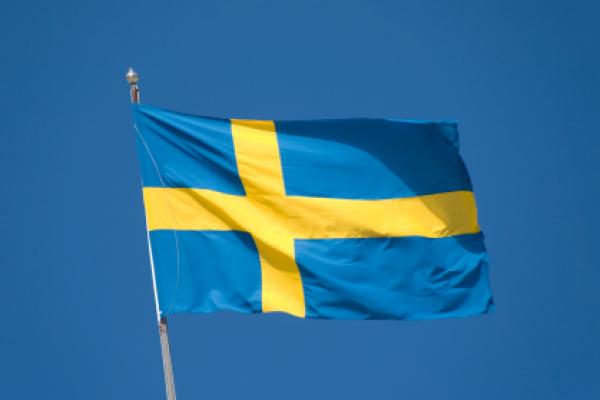my bro tanya sha 'sha brapa tahun skali baru ada 30 februari?'...dgn confidentnya sha jawab 'erk mana ada 30 februari...29 februari adalah'....pas gelakkan sha my bro said said ada sorang staff (X) baru masuk keje kat office die...bile my bro cek ic X ni die tanyalah, 'lahir 30 februari 1965? tarikh lahir salahlah X'...maka X dengan confidentnya menjawab, 'tak salah tarikh lahir tu...mmg betul saya lahir 30 februari'..balas my bro 'oh yeke, tapi selama 4+ saya hidup kat dunia ni tak penah pun saya tgk tarikh ni'....X pun jawabla 'hahaha bukan awak sorang ja tak penah tgk tarikh tu, saya yg lahir tarikh tu pun sama tak penah gi tgk tarikh tu, saya dah 47 tahun hidup kat dunia ni tapi tak penah sambut b'day saya betul2 pada 30 februari, kalau ikutkan 30 februari yang akan datang baru umur saya setahun'...subhanallah....maka dgn perasan ingin tahu trus google 30 februari 1965.....cek calendar 1965 but takdepun 30 februari....then google lagi....cek wikipedia 'Stade reached the first final of the African Cup of Champions Clubs in 1964/5. On 30 February 1965, Stade lost 2-1 to Oryx Douala played at Kumassi Ghana,...' dah sah wujud tarikh tu but still tak puas hati so search lagi & finally dpt juga answernya dr web....
February 30 was a real date

Swedish national flag
February 30 was a real date at one point in time in Sweden and the
Soviet Union. However, the introduction of this date was temporary. In
Sweden, February 30 resulted from an error with calendar conversion in
the 18th century. About two centuries later, the Soviet revolutionary
calendar featured February 30 as a result of an attempt to cut seven-day
weeks into five-day weeks and to introduce 30-day months for every
working month.
Sweden’s 30 days of February
In 1700 Sweden, which included Finland at the time, planned to
convert from the Julian calendar to the Gregorian calendar. Therefore
1700, which should have been a leap year in the Julian calendar, was not
a leap year in Sweden. However, 1704 and 1708 became leap years by
error. This left Sweden out of synchronization with both the Julian and
the Gregorian calendars, so the country reverted back to the Julian
calendar.
February 30, 1712, came into existence in Sweden when the Julian
calendar was restored and 2 leap days were added that year. Sweden’s
final conversion to the Gregorian calendar occurred in 1753, when a
10-day correction was applied so that February 17 became March 1 that
year. Not everyone was pleased with the calendar reform. They believed
it stole 11 days of their lives.
The Soviet revolutionary calendar
February 30 existed from 1930-1931 after the Soviet Union introduced a
revolutionary calendar in 1929. This calendar featured five-day weeks,
30-day months for every working month, and the remaining five or six
days were “monthless” holidays. The abolition of the seven-day week in
favor of a five-day week was intended to improve industrial efficiency
by avoiding the regular interruption of a non-working day.
However, the Gregorian calendar continued to be used in the Soviet
Union during this period. This is confirmed by successive dates found in
daily issues of Pravda, the official newspaper of the
Communist Party, in which February had 28 days in 1930 and 1931, in
accordance with the Gregorian calendar. The Soviet revolutionary
calendar was discarded as it was difficult to eliminate the Sunday rest
tradition. The original seven-day week was restored in 1940.
Fact or fiction: the Julian calendar
The 13th century scholar Johannes de Sacrobosco claimed that February
had 30 days in leap years between 45 BCE and 8 BCE in the Julian
calendar, when February was shortened to give the month of August the
same length as the month of July. However, historical evidence relating
to the Julian calendar refutes Sacrobosco, who was critical of that
particular calendar.
salam
ReplyDeletehuish..baru tau.. ada rupanya. =)
tu la...tak penahnya tau sebelum ni
ReplyDelete